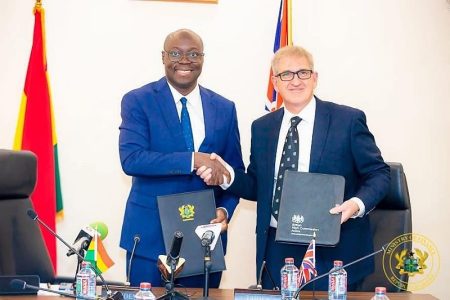Part 1: Restoration and Re-establishment
This message proclaims a season of divine restoration and re-establishment for God’s people. Ruined cities will be rebuilt, vineyards planted, and gardens cultivated, symbolizing a return to prosperity and abundance. This restoration is not through human effort but by the favor of God, emphasizing the divine hand in their renewed fortunes. The wandering, a metaphor for hardship and instability, is declared over. God’s people will be firmly planted in their land, never again to be uprooted. This promise requires belief and prayer to manifest in the physical realm. The message encourages active participation in bringing God’s word from the spiritual to the material world. This transformation is likened to the incarnation of Jesus, God’s word becoming flesh.
Part 2: Completion and Empowerment
Zerubbabel, a figure of leadership and rebuilding, serves as an example. Just as Zerubbabel laid the foundation and completed the temple, so too will God’s people finish what they start. Unfinished projects, symbolic of stagnation and incompleteness, will be brought to fruition. Divine favor will empower them to navigate challenges and overcome obstacles. Renewed strength for climbing mountains symbolizes conquering adversity, while the ability to run without tiring represents sustained energy and perseverance in pursuing their goals. This section emphasizes embracing divine favor as a mandate, enabling them to recognize God’s hand in their lives. Those who previously underestimated them will be astonished by their rapid progress and accomplishments. Finally, showing regard for the weak is highlighted as a key to receiving God’s blessings and deliverance in times of trouble.
Part 3: Healing and Authority
This section addresses God’s daughters, promising divine healing through physicians’ hands and the power of faith. The stripes of Jesus Christ, referencing his sacrifice and suffering, are invoked as a source of healing. The name of Jesus is presented as a powerful force capable of overcoming challenges, including marital problems, delayed marriages, infertility, miscarriages, and unemployment. This name is described as having the ability to penetrate fortified cities, break down walls, and part waters, symbolic of overcoming seemingly insurmountable obstacles. Whether the opposition originates from heavenly, earthly, or even subterranean realms, the name of Jesus is presented as the ultimate weapon. Divine favor will cause adversaries to bow in submission and acknowledge their authority. They will be recognized and respected among the community of noble men and women.
Part 4: Empowerment and Divine Authority
This message reminds God’s sons that divine favor empowers them to achieve all things. It questions what humans can do against those operating under divine protection. Speaking the language of Jehovah, representing alignment with God’s will and purpose, confuses and disorganizes the enemy. This section emphasizes the activating power of God’s word. Obedience to divine commands is presented as inevitable. The speaker states that they have received an irreversible order from God to bless them. This divine decree cannot be countermanded. The choice presented is between believing God, the source of power, love, and a sound mind, or succumbing to the devil’s spirit of fear and manipulation. Individuals are empowered to liberate themselves from fear and embrace God’s favor.
Part 5: Declaration and Prayer
This section includes a personal declaration for the year 2025 as the year for their star to rise and gain global recognition. It references the intimate relationship between a shepherd and their sheep, highlighting the ability to recognize and follow God’s voice. A prayer follows, requesting God to nurture the message within their hearts and minds. The prayer seeks understanding and the ability to operate within the realm of divine favor. It concludes with a plea for divine favor to guide them to the next stage of their journey.
Part 6: References and Contact
This section provides scriptural references to support the message’s themes. These references include John 1:14, relating to the Word becoming flesh; Amos 9:13-15, regarding restoration and abundance; Zechariah 4:8-10, concerning completion and God’s hand in their work; Ecclesiastes 12:1-3, emphasizing the importance of remembering God in one’s youth; Proverbs 19:17, regarding showing kindness to the poor; II Timothy 1:7, about the spirit of power, love, and a sound mind; and Isaiah 53:5, referencing healing through Christ’s stripes. It also includes contact information for the speaker, identifying them as a “Vessel of God” and referencing their foundation. The message emphasizes the importance of prayer and fasting for receiving this kind of blessing and encourages those who have ears to listen to the spiritual message.














